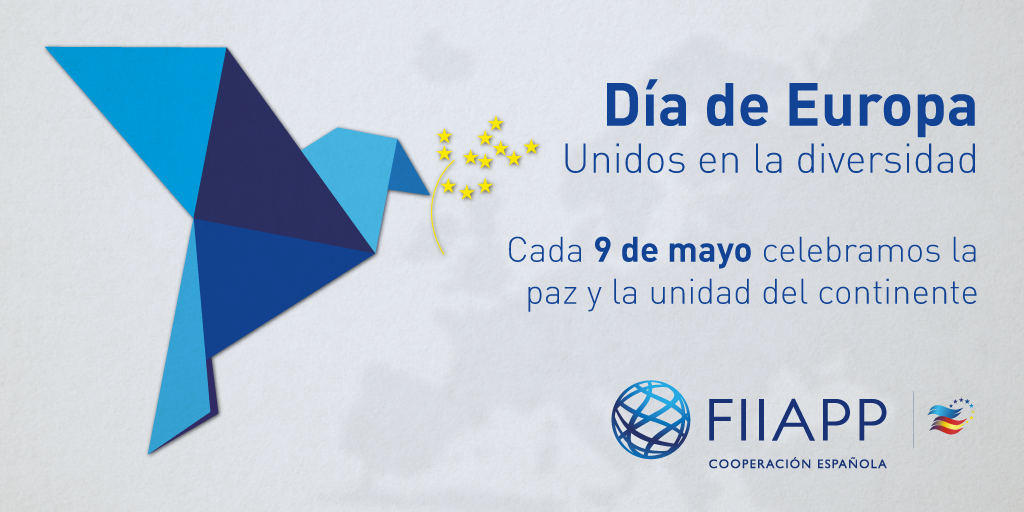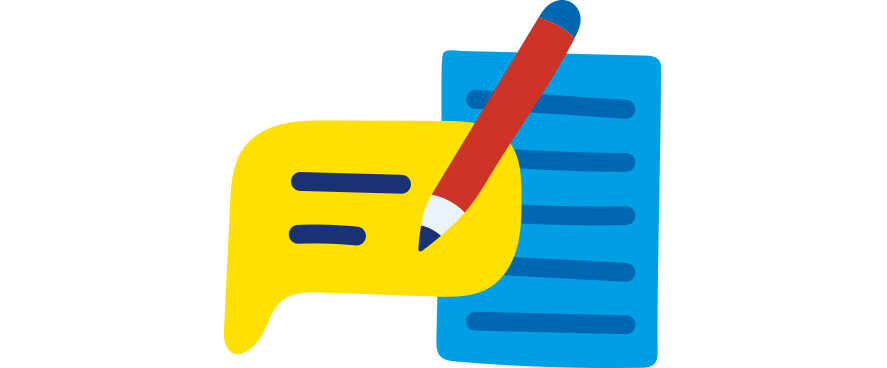-
09 May 2018
Category : Opinion
Europe Day: 20 years of twinning
In the framework of Europe Day, we get deeper in the history of Twinning projects. 20 years of peer-to-peer cooperation in the European Union, with FIIAPP as one of the largest operators

International cooperation starts from home. While reaching the most distant corners of the world shows the ability to promote standards and contribute to institution building in the most fragile countries, looking closer to home may be more complicated and necessary than we think.
We talk about sustainable development goals and an international framework that aims to change the global picture in relation to poverty, climate change and inequality, whose results should become visible in the next decade. Without wishing to downplay the issue, we must bear in mind, in this quest for global change, that cooperation between Europe and its neighbouring countries (from the Maghreb to the Caucasus) is still as important as it was 20 years ago, when the European Commission established its twinning programme.
An instrument for institutional dialogue
With the aim of disseminating the institutional model of its Member States and creating a framework for dialogue between peers, the European Commission designed a new instrument based on demand back in 1998: Twinning. The Twinning projects have proved to be a useful tool in the last 20 years by helping candidate countries align their legislation with the EU’s institutional framework, share good practices and strengthen the rule of law.
Twinning is also a tool which has grown and developed in its short history. Born as an instrument intended uniquely to candidate countries, it now includes neighbouring European countries and has become a complex form of technical cooperation through the more than 2,700 initiatives since its inception.
The most important feature of the Twinning projects is their results-based approach, as it was one of the first EU instruments for cooperation to focus on specific and mandatory results. While this impact-based vision is now firmly ensconced, it has not always been a reality in the daily work of the majority of donors.
In addition, the Twinning programme has also been the Commission’s first foray into projects based on demand. A vision that has now spread to other regions, but which continues to have its roots in these pioneering initiatives.
The recognition the programme has received from other European institutions is an additional argument for being aware of the impact these projects have had over the last 20 years. For example, the EU Court of Auditors emphasises that twinning has the capacity to act as a -catalyst for launching reforms in the candidate countries by bringing together experts from Member States and candidate country administrations and promoting the adoption of EU legislation-.
FIIAPP, one of the largest European operators
As the only Spanish institution responsible for managing these EU projects, FIIAPP has implemented over 350 Twinning projects and is one of the most important European Twinning operators.
There have been many FIIAPP success stories among these projects, but it is worth discussing those highlighted in the EU’s own annual activity report. In this sense, we can take the example of the 2016 report, which discusses Tunisia and the way the projects undertaken in the region have contributed to the country’s democratic transition.
Specifically, the project supporting the Ministry of Justice has helped to modernise the selection and training of judicial personnel in the country. These have been concrete advances, key to aligning the justice sector with international standards.
The case of Tunisia and its institutional needs in the post-Arab spring context is just one example of how FIIAPP supports the modernisation and democratisation of public administration through this type of project. Other examples cover topics as diverse as migration, social policies, rights, economic development, communications, security and the green economy.
FIIAPP, together with other European operators, is contributing to the development of this instrument and its participation and involvement in different working groups on the future of Twinning is a proof of the EU’s commitment to this funding tool.
Future prospects for the twinning instrument
In recognition of the success of this instrument, the Commission is considering extending it to other regions, such as Latin America and the Caribbean. Given its evolution from an instrument dedicated solely to candidate countries to one used in the relation with other European neighbours, this extension seems possible.
However, a convincing argument on the advantages of this framework remains to be made, in comparison for example initiatives funded by the Development Cooperation Instrument.
While in the case of Latin America a similar regulatory framework can facilitate this type of undertaking, in other regions the work that remains is even greater if Twinning is to be transformed into a global instrument, applicable to EU cooperation policy in various parts of the world. FIIAPP’s contribution may be relevant and timely in this regard given its experience with this funding instrument.
Daniela Serban, FIIAPP Strategy Officer
The views and opinions expressed in this blog are the sole responsibility of the person who write them.




